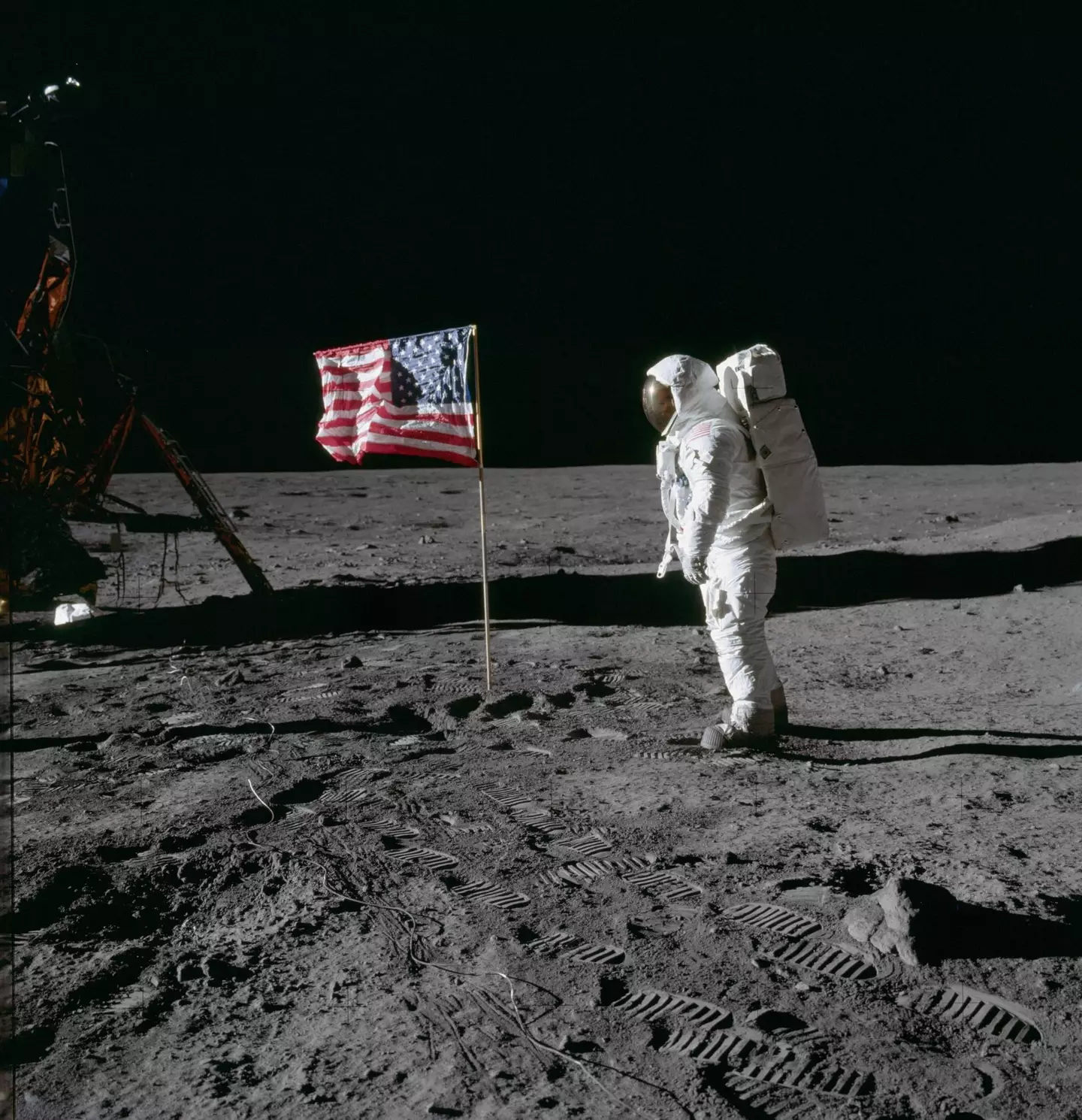
The Moon drifting away from Earth is quite literally changing time as we know it.
Space scientists previously believed that gravitational pull has allowed the Moon to remain a constant distance from our planet.
But recent discoveries have claimed that’s no longer the case - with Nasa researchers believing the connection between the two bodies is weakening.
Experts say that due to the relationship between Earth and the Moon experiencing a gradual breakdown, the globe is now spinning slower on its axis.
As a result, the Pie in the Sky’s drift is making our days ever-so-slightly longer.
“As the Moon moves away, the Earth is like a spinning figure skater who slows down as they stretch their arms out,” said co-author of the recent study, Professor Stephen Meyers, of the University of Wisconsin-Madison.
“One of our ambitions was to use Astrochronology to tell time in the most distant past, to develop very ancient geological time scales,” he continued.
“We want to be able to study rocks that are billions of years old in a way that is comparable to how we study modern geologic processes.”
Researchers believe that 1.4 billion years ago, the celestial body was positioned much closer to the Earth.

They also claim that this intimacy caused Earth days to be shorter.
It’s estimated that at one point in our planet’s history, a day lasted just 18 hours - a much shorter time compared to the 24 hours we’re accustomed to in the 21st century.
In 2022, Professor Meyers and his team undertook the task of recreating what they believed our solar system looked like in the past.
By studying sediments from a 90 million-year-old rock formation, they also discovered how the Earth’s climate cycles work.
From these findings, the researchers concluded that the Moon is currently receding from the Earth at an astonishing rate of 1.5 inches (3.81 centimetres) every year.

So, as the moon drifts further, days on Earth will gradually become longer.
Moreover, scientists have stated the Moon once would have been so close that the Earth’s gravitational interactions would have ripped it apart.
Professor Alberto Malinvero, another co-author of the study said: "It was exciting because, in a way, you dream of this all the time; I was a solution looking for a problem.”
However, it is important to note that scientists know that the Moon itself is 4.5 billion years old. Therefore, these calculations could be somewhat inaccurate.
Take everything with a pinch of salt, you know?
Featured Image Credit: Valeriano Antonini / 500px / xia yuan / Getty